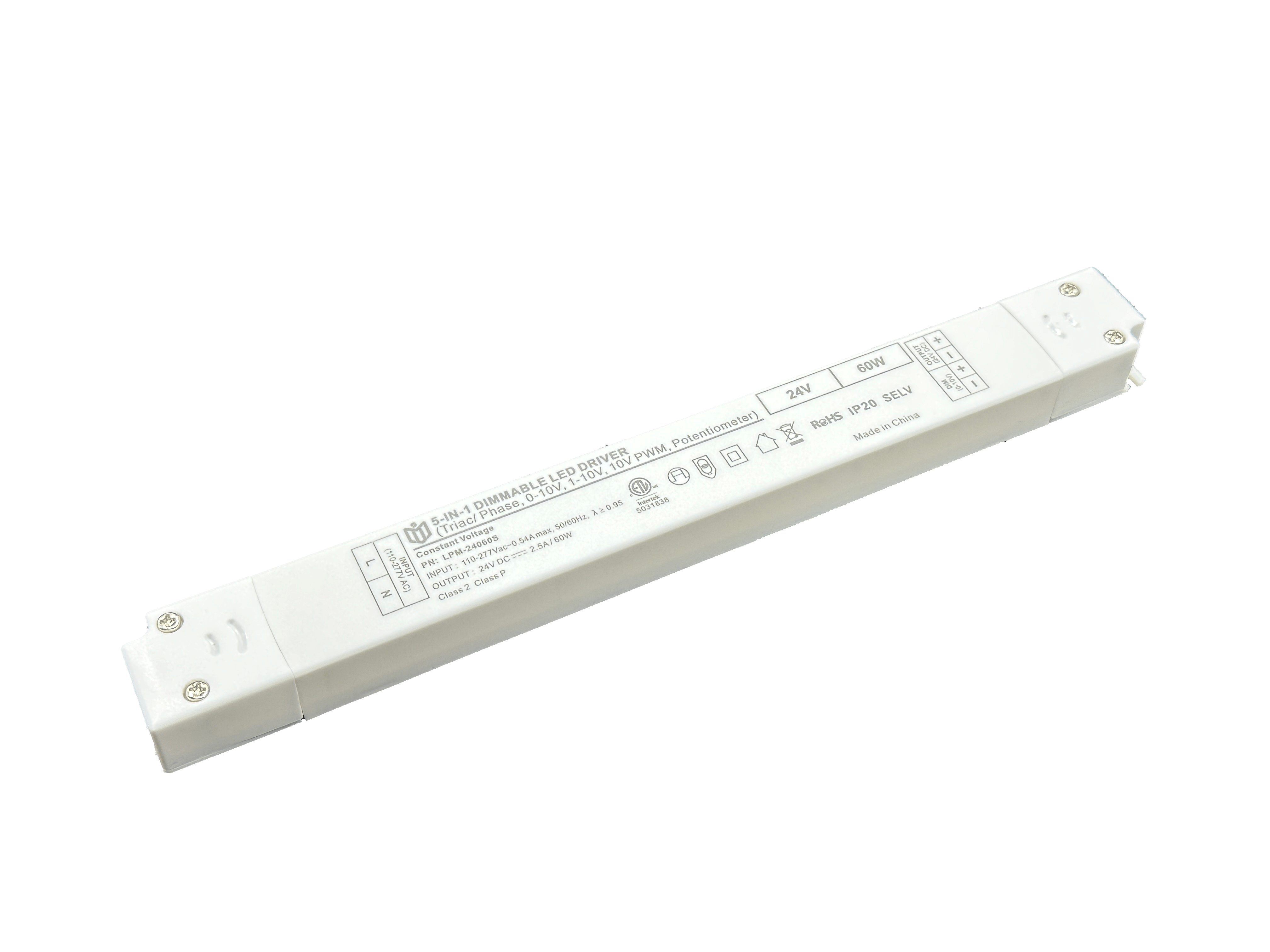Could LED dimming power supplies be the key to energy efficiency?
The global push for sustainable infrastructure has positioned lighting systems as critical focal points in energy management strategies. Among emerging technologies, LED dimming power supplies stand out as transformative tools capable of reducing electrical waste by up to 40% compared to traditional on/off controls. These sophisticated devices operate on pulse-width modulation (PWM) principles, enabling precise adjustment of current flow to match actual illumination needs rather than delivering fixed output levels.
Modern installations leverage bidirectional communication protocols like DALI or DMX512, allowing centralized systems to dynamically regulate thousands of fixtures simultaneously. For instance, office complexes now implement daylight harvesting algorithms where sensors detect natural light levels and automatically dim artificial supplements accordingly. This layered approach creates hybrid environments where human occupancy patterns dictate real-time power allocation.

Industrial facilities benefit particularly from variable load management features embedded in high-capacity drivers. Manufacturing plants report 28% fewer kilowatt-hours consumed during off-peak production shifts when utilizing programmable dimming profiles. The thermal benefits extend equipment lifespan too – reduced heat dissipation from lower operating voltages minimizes component stress in HVAC units sharing electrical panels with lighting circuits.
Residential adoption grows alongside smart home ecosystems integration. Homeowners using voice assistants can create circadian rhythm schedules that gradually increase brightness with sunrise simulations while dimming after dusk. Such automation eliminates forgetfulness-related energy drain; studies show 63% of users leave lights unnecessarily illuminated without automated reminders.

Circuit design innovations further enhance conservation potential. GaN transistors now enable ultrafast switching speeds exceeding 100kHz, slashing harmonic distortion losses typical in legacy drivers. Multitopology architectures combine buck converters with flyback stages to maintain >92% conversion efficiency across the entire dimming range (1%-100%). Field tests confirm these units retain 89% efficacy even at 5% brightness settings – a threshold where older models plummet below 70%.
Regulatory frameworks accelerate adoption through stringent efficiency standards like California's Title 24 updates mandating automatic shutoff functions. Europe's Ecodesign Directive requires standby power consumption below 0.5W for all new installations post-2025. Compliance drives manufacturers toward gallium nitride semiconductors and resonant mode topologies that eliminate idle current draw entirely during deep dimming states.
Case studies reveal compelling ROI figures: hospitals retrofitting emergency exit signs with dimmable drivers cut annual maintenance costs by $12k while saving 18 tons of CO₂ emissions. Retail chains report 19% lower utility bills after installing motion-sensitive corridor lighting networks controlled via IP gateways. Even museum curators praise reduced UV exposure damage to artworks thanks to finely tuned lumen output preservation modes.
Future developments include LiFi data transmission capabilities embedded within dimming signals, creating dual-purpose infrastructure for both illumination and wireless networking. Machine learning algorithms analyzing historical usage patterns will soon predict optimal dimming curves autonomously, eliminating manual programming altogether. As grid operators increasingly rely on demand response programs, these intelligent drivers become essential grid stabilization tools during peak load events.
The path forward involves standardizing digital addressability across manufacturers and expanding compatibility with renewable energy sources like solar microinverters. When paired with battery storage systems, dimmable LED arrays could form self-sufficient microgrid nodes capable of islanding operation during outages while contributing excess capacity back to main grids. This convergence marks just the beginning of how intelligent lighting controls will define next-generation energy ecosystems.
 In heritage architecture prote
In heritage architecture prote
 When small-batch customization
When small-batch customization
 Have the electromagnetic emiss
Have the electromagnetic emiss
 When Triac dimmable power supp
When Triac dimmable power supp
